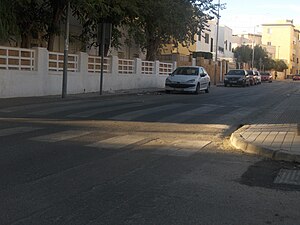One of the most effective ways an author can receive exposure for his/her book is to have an internet book launch. Pastor Bobby Keating is having an internet book launch for his new book Apply Wisdom to Life’s Circumstances. The launch date is March 15, 2011, and if you purchase the book on that date, you will receive a number of freebies.
Here is what Pastor Bobby has to say about his new book:
It is my sincere belief that God not only wants each believer to succeed but He has also given us the instruction on how we can be successful. The Holy Bible (God’s Holy Word) is filled with exhortations and positive directions for our success. If you study the Holy Bible with an open mind, an open heart and a desire to understand, you can easily see that throughout the history of God’s relationship with man His desire for His believers is that they live life with abundance, that they succeed in their endeavors and that they draw closer to Him.
Apply Wisdom to Life’s Circumstances is a guide to applying the Wisdom given to us through King Solomon‘s Proverbs. This book shows in detail how to apply this wisdom to daily life now to help every Christian to succeed in relationships, business, finances and more.
When you purchase a copy of the book you will help Pastor Bobby fund his prison, addiction and evangelism ministries. Visit The Success Book or Amazon. com and help push Pastor Bobby’s book to the top.
Purchase for $14.95 at Amazon.com
Have you ever wondered why some people win and most lose? These Success Books hold the answer to this and many other questions!
Cutting through all of the hype and double talk, the Success Book presents life principles that really work and their application to daily life. If you are fed up, frustrated and confused, this book holds the key to your success in every area of life.












